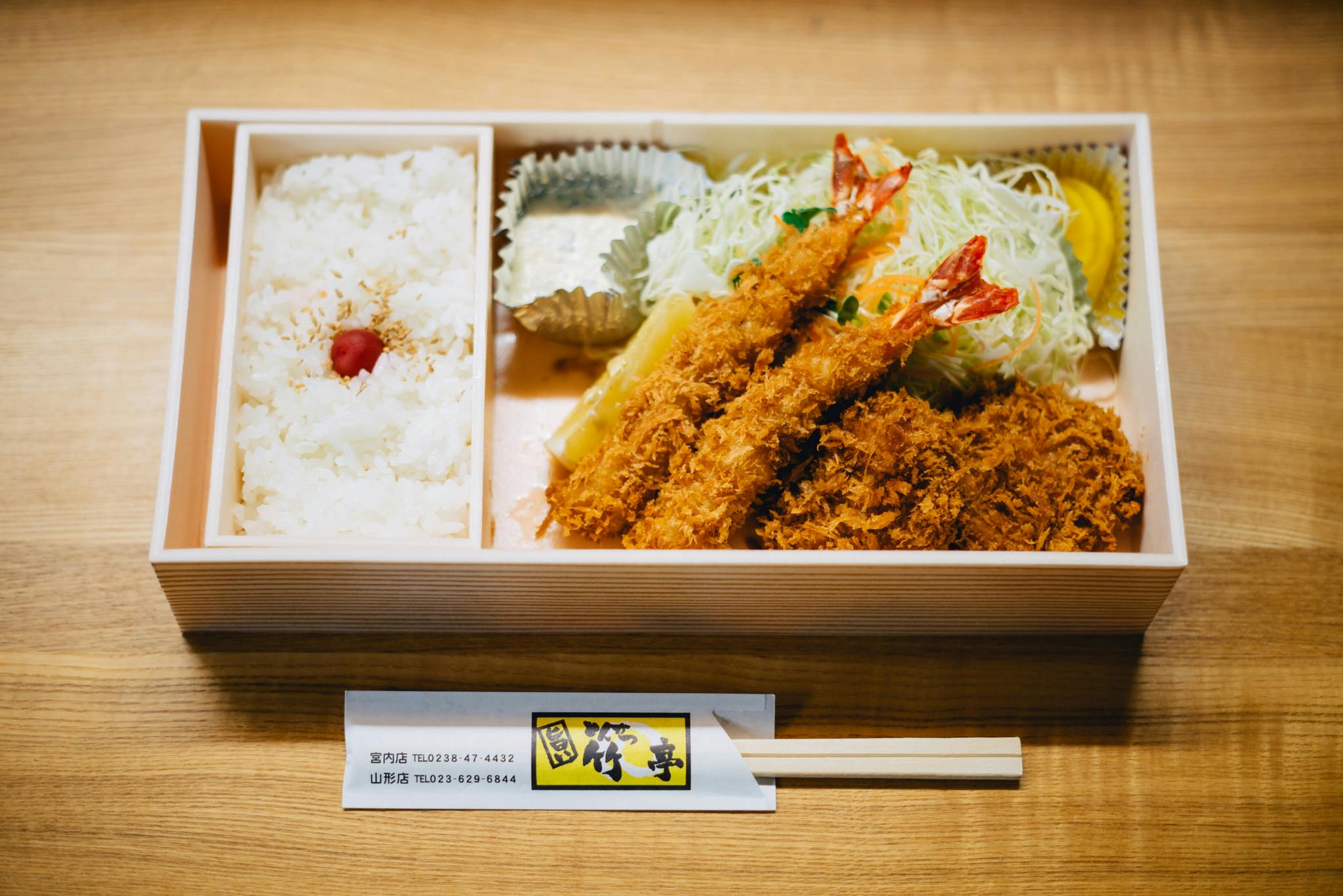
How to install a large kitchen countertop
Installing a new countertop in an existing kitchen is a great way to improve the look of the kitchen and add some value too. Most kitchen counters are twenty four inches deep and always look cluttered and messy. Appliances like toasters, blenders, and mixers, for example, can take up so much space that there’s little left for food preparation. In my kitchen at home, the countertops were worn and scratched and in need of replacement. Since the kitchen is quite large, I made the decision to make a drastic change. My cabinets are ell installed and were not being replaced. However, once the countertops were removed, I was able to easily access the screws holding the cabinets to the wall studs. By removing the mounting screws, I was able to pull the entire cabinet unit off the wall another six inches in one piece.
The only cabinet work required was to install two new six-inch fillers, one at each end of the cabinet run. I couldn’t find any ready-to-match stained fillers, so I used plain white pine and stained it an offset color. It looked great as an accent. I installed some new locks to reattach the cabinets to the wall studs, and after checking their level condition, re-clamped them in place.
The countertop my wife wanted was a six inch square dark gray ceramic tile with a pewter colored grout that would be quite heavy. I installed a new ledger board flush with the cabinet tops along the drywall back wall. This would also provide me with something to hold onto the plywood for the countertop and provide support as well. Using three quarter inch BC grade plywood, I installed what would be the base of the new countertop. As soon as the plywood was put in, my wife realized how much bigger the new countertops were going to be. I completed attaching the plywood to the counters and clapboard on the wall, cut out the hole for the sink.
I measured the number of tiles needed and the wife decided that tile would also look good on the backsplash. Sure why not. To the store for the tile, the grout, and the tile adhesive. I already have a tile cutter and an eight inch notched trowel, but if you don’t have them, get them at the same time. Thoroughly vacuum the entire counter surface before beginning any work. Any little bit of dirt or sand left behind can easily crack a tile when pressed.
Start by dry-laying a good part of the tile and especially in the corners, ends, openings, etc. you want to make sure that you are always using the largest tile piece possible. Never end up with a chip of mosaic at the ends or front edge of the counter. With a thirty inch deep counter, five six tiles fit perfectly. It’s the ends of the counters and sink openings that can cause a problem. Divide your pattern on a diagonal in a problem area to keep the pieces as large as possible. Dry laying allows you to redo your tile design as many times as necessary to get the look you want without the mess.
Once your design is finalized, begin the mosaic installation on the countertop first. Spread only the amount of adhesive you can work with before it begins to set. Install all your tiles by making all the cuts as you go. Do not try to come back later after the adhesive is dry and cut pieces. The adhesive becomes very hard and it can be almost impossible to tile these spaces. When the adhesive is still soft is the right time to make the cuts. Let your tile dry for a full day and keep all items off the counter.
Once the tile is dry, you can install your tile backsplash. Follow the same pattern as the counter and the counter will look even bigger and more appealing to the eye. Again, allow the tile adhesive to dry for a day.
You want to grout all the tiles at the same time. You may need a helper to clean the grout mist off the tiles as you work. Once the grout is mixed, place beads of grout onto the tile and, using a sponge trowel, push the grout into the tile joints at a forty-five degree angle to the grout lines. By working the grout with the sponge, you can achieve a completely filled, smooth grout joint. Be careful not to remove wet grout by pulling straight across the joints. A little practice will make you a veteran. The grout must dry at least two days before using the countertops.
We’ve enjoyed wider countertops for so long that they now seem normal. This project is well worth the effort if you are a kitchen person who enjoys cooking.
pete ackerson




No Comment